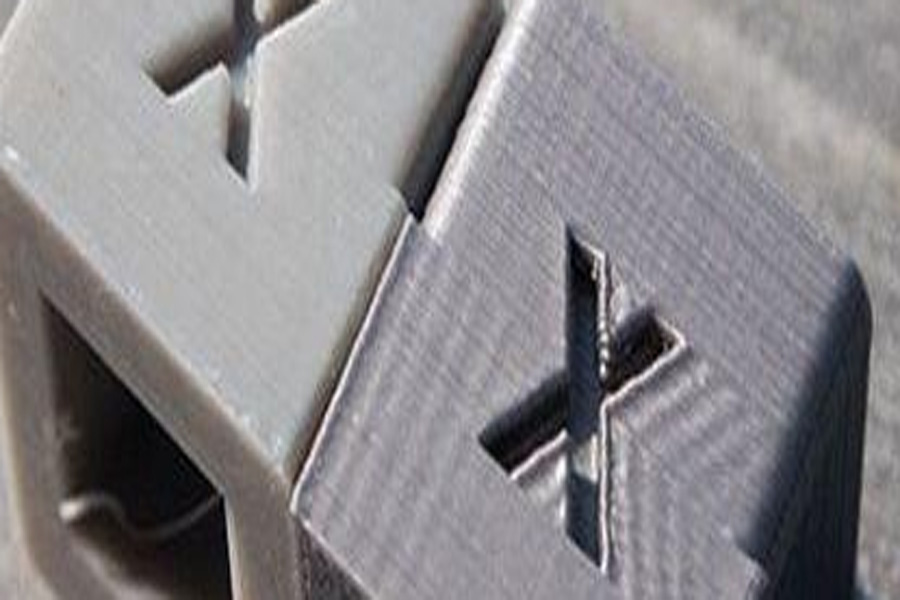
FDM3D printer has the characteristics of quick entry and low cost. There are not a few makers who use it. However, because FDM printing has inherent technical barriers, most 3D models printed with FDM technology will have layered patterns. Let me show you how to hide the layer pattern of FDM printing model!
The printed model will have the following types of layer patterns:
crack:
The main problem is crowding out. One possibility is consumables, the second is temperature, and the third is feeding.
Water ripples:
Water ripples are caused by the vibration of the machine’s XY axis, which is more likely to appear at the corners of the model. The causes are as follows: printing speed is too fast, acceleration is too high, and mechanical vibration.
Step pattern:
When the nozzle of the nozzle is installed incorrectly or the cooling fan is not working or malfunctions, the printed layer is not cooled in time, and the new layer will be squeezed and deformed when printing. Caused by the following reasons: model shaking, untimely cooling, unstable machine movement components
To solve the coup look below!
Wet sanding
Use sandpaper (400 to 1,000 grit, depending on the roughness of the print) to smooth the surface. It is recommended to wet sand the printed object for the following three reasons:
✦Grinding relies on friction. Friction will generate heat, which will warp and fade the print; a small amount of water or oil will prevent this.
✦It is easy to scratch plastic, wet sanding helps to minimize the risk.
✦A lot of particles will be generated during sanding, which is dangerous for breathing. During wet sanding, many particles will combine with the liquid, keeping them away from the air.
Apply water-washed resin
The water-washed resin is evenly coated on the surface, and the surface of the model will become very smooth at this time. After the UV lamp is cured, it can be directly washed with water. Is it very convenient?
Here comes the problem
The color is uneven every time, what if it is uglier than not coloring?
Coloring
When you really want to make 3D printed parts look professional, painting is the way to go. But as a handicapped party, how can it be painted more perfect?
Pen drawing
Acrylic paint and alcohol are fully stirred with a stirrer at a ratio of 1:1.2. After stirring, filter with 400 mesh gauze to filter out small impurities and avoid affecting the color. The cross method can be used when coloring. That is, when the first layer is fast-drying and not yet dry, put on the second layer of fresh paint, and the brush direction of the second layer is perpendicular to the first layer.
Spraying method
We still need to stir and filter like the pen drawing method. In order to avoid clogging of the airbrush, we need to increase the proportion of alcohol to about 1.5. When spraying, adjust the spraying range of the airbrush, and test in a blank area. When spraying, spray the model at multiple angles, so that the color thickness of the model after spraying will be more uniform.





